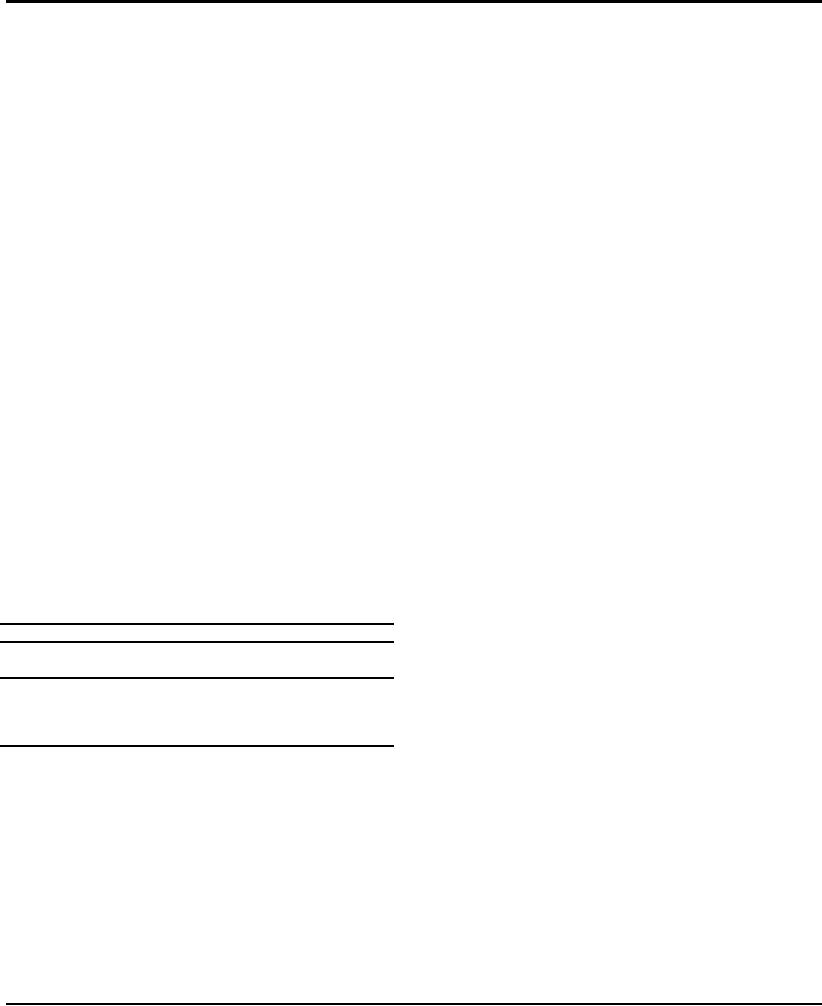
OPERATION
evenly to the most favorable oil clearances.
See
ENGINE EXHAUST OBSERVATION
"Engine Warm-up."
The engine exhaust is a good indicator of engine
When water temperature is too low, the cylinder
operation and performance. A smoky exhaust may be
walls retard heating of air during compression and delay
due to a poor grade of fuel, dirty air cleaner, overfueling,
ignition.
This causes incomplete combustion,
or poor mechanical conditions.
detonation, excessive exhaust smoke and high fuel
consumption.
If engine exhaust is smoky, corrective action should
be taken.
Overheating
problems
require
mechanical
correction. It may be caused by loose water pump belts,
ATTENTION OPERATOR
a clogged cooling system, or insufficient radiator
capacity.
Report cases of overheating to the
Cummins Diesel Engines have been built by
Maintenance Department for correction. 200 deg. F (93
Cummins to comply with the requirements of the Federal
deg. C) maximum engine coolant temperature should
(U.S.) Clean Air Act. Proper Maintenance of the Engine,
not be exceeded.
which is the responsibility of the owner/operator, is
essential to keep emission levels low.
Keep thermostats in the engine summer and winter,
avoid long periods of idling, and take necessary steps to
Once the engine is placed in service the
keep water temperatures up to a minimum of 165 deg. F
responsibility for meeting state and local regulations
(74 deg. C). If necessary in cold weather, use radiator
must necessarily be with the owner/operator.
shutters or cover a part of the radiator to prevent
overcooling. (Refer to "Cold-Weather Operation.")
Observation of good operating practices, regular
maintenance and proper adjustments are factors which
OIL PRESSURE GAUGE
will help stay within the regulations.
The oil pressure gauge indicates any drop in
MAXIMUM HORSEPOWER REQUIREMENTS
lubricating oil pressure or mechanical malfunction in the
lubricating oil system. The operator should note loss of
Maximum horsepower is attained only at rated
oil pressure immediately and shut down the engine
engine rpm. Whenever engine rpm is pulled down by
before the bearings are ruined.
overload, horsepower is lost and continues to be lost as
long as the engine continues to lose rpm. When full
Normal Operating Pressures at 225 deg.
F (107
horsepower is needed, operate engine as near rated
deg. C) are:
rpm as possible. This rule applies to all applications
(except Power-Torque Engines).
Table 1-2: Oil Pressure PSI (kg/sq cm)
One rule sums up all rules for proper operation to
Engine
Idle
Rated
give the power needed and best performance from the
Series
Speed
Speed
equipment:
ALWAYS OPERATE SO POWER
REQUIREMENT WILL ALLOW THE ENGINE TO
NH-NT SUPER 250
ACCELERATE TO, OR MAINTAIN, GOVERNED RPM
5/29 (9.4/1.71)
WHEN ADVANCING TO FULL THROTTLE.
40/75 (2.8/5.3)
When more power is required, bring engine speed
For record purposes these readings are more
near the governor. This will produce the additional
accurate and reliable when taken immediately after an
horsepower needed.
oil change.
SHIFT TO A LOWER GEAR WHEN THE LOAD PULLS
NOTE: Individual engines may vary from above
DOWN ENGINE RPM
normal pressures. Observe and record pressures
when engine is new to serve as a guide for
The practice of shifting gears next to safety
indication of progressive engine condition. (High oil
observance is a most important phase of good engine
pressure during start-up is not cause for
operation.
The shift point differs from unit to unit depending
upon engine rated speed, torque peak point, and
transmission or gear splits
36

